The Minnesota Wild have been fortunate enough to hold one of the best defensive cores in the league for a long time. Their backend has been completely transformed so far this offseason. Veteran defenseman Ryan Suter was bought out of the remaining four years of his contract, and Carson Soucy was taken in the expansion draft.
That has left a massive void in the long-time stellar blue line. That’s why it is crucial to look at the defensive depth chart to figure out what kind of replacements they will need to be in the market for in free agency this offseason. The backend has become a priority this summer and many questions are surrounding this sudden area of need.

Jared Spurgeon and Jonas Brodin will anchor the first pair for a long time as both defensemen are under contract for six and seven years, respectively. There is still uncertainty surrounding Matt Dumba, a player that they could dangle on the trade market at some point, given they now hold the leverage again. He will most likely remain on the roster going into next season, barring any trade, which is less likely now given the departures of Suter and Soucy.
Three spots will need to be filled, two on the left side and one on the right. Top defensive prospect Calen Addison will have a massive opportunity to win the final spot on the right side in training camp. Similarly, negotiations with Brennan Menell continue, but he is an internal option that has a legitimate chance to make the team if he does re-sign with the Wild after leaving for the KHL last season.
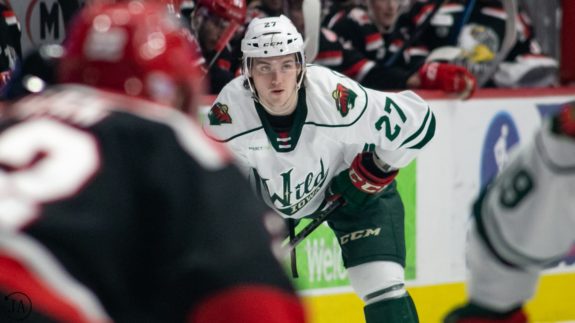
If both prospects make the team, there will only need to be one defensive addition. If neither makes the opening night roster, there will need to be three spots filled in free agency.
The Wild will have to be very careful in free agency because they don’t have the financial means to invest significant money into acquisitions. It will be imperative to identify undervalued defensemen that could fit stylistically on cheap contracts. The goal is to pursue the diamonds in the rough.
Jake McCabe (LD), Buffalo Sabres
Contract Projection: 1 Year x $1.03 Million
McCabe only played 13 games last season because of a knee injury that sidelined him. He was fantastic in that small sample size despite being on the Sabres and paired with a replacement-level defender in Rasmus Ristolainen. He would be a low-risk, high-reward acquisition, given he shouldn’t be very expensive. He is a big, physical defenseman which is an attribute the Wild lack on their backend. He’s just 27 years old, so that a cheap multi-year deal could be a worthwhile investment.
While he doesn’t produce offensively, he is one of the best defensive defensemen in the league in terms of points or underlying numbers. He graded out as the third-best defender in defensive goals above replacement in the 2019-20 campaign. If they can get him on a cheap contract, even in the $2.5 million range, it would significantly improve an already strong defensive core. He might be a good stylistic fit on the second pair with Dumba as they could complement each other as they have an opposite skill set.
Mike Reilly (LD), Boston Bruins
Contract Projection: 3 Years x $3.80 Million
Reilly might be too pricey if he can command anything close to Evolving Hockey’s projections for him. If the Wild can get him at an affordable price, they should absolutely do it. Interestingly, Reilly has become a strong complementary piece as he never really did anything when he was with the Wild for parts of two different seasons when he first came into the league.
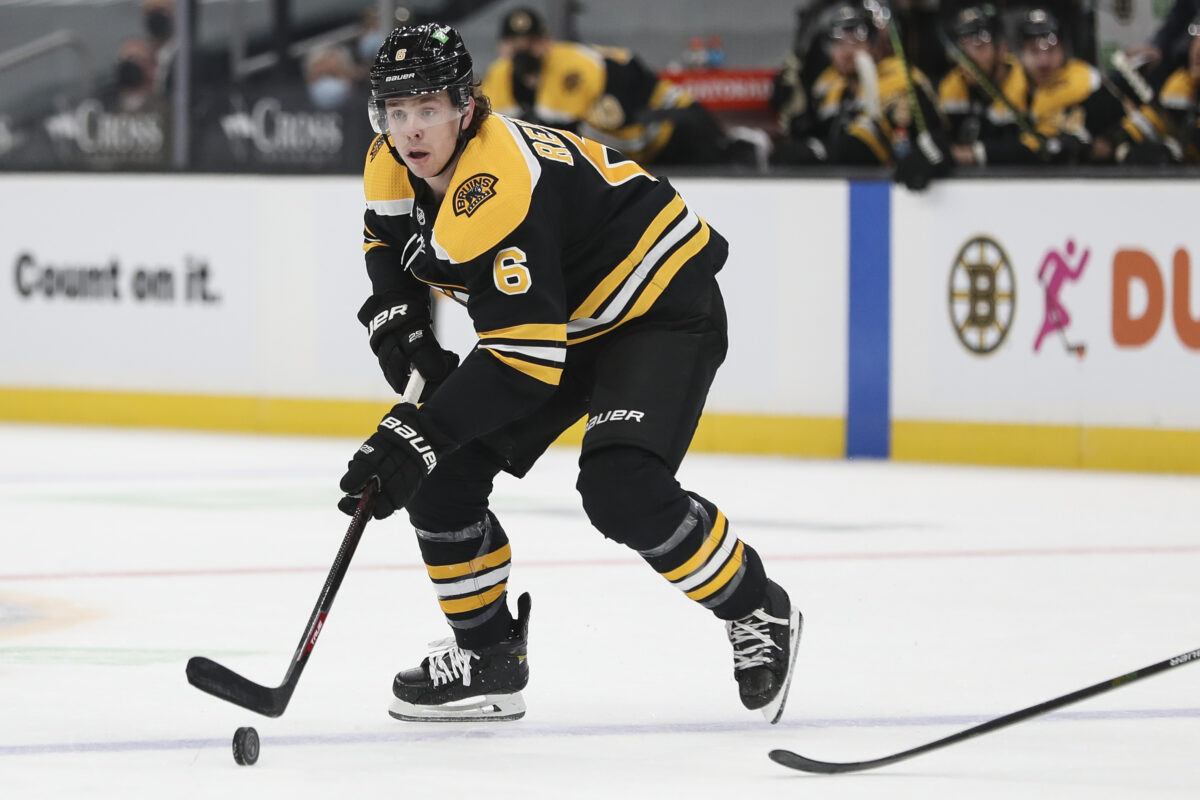
He has progressed over time, but he broke out this past season with the Ottawa Senators before being shipped to the Boston Bruins at the deadline. He tallied 27 points while averaging over 19 minutes in an elevated role. He graded out as the 59th most impactful defenseman by Evolving Hockey, posting 0.9 wins above replacement. Likewise, he had a 53.90 Corsi For percentage and a 51.80 expected goal share in 55 games last season. Reilly’s emergence as a two-way force would be a strong addition to the fill the void left from the Ryan Suter buyout.
Looking below at Reilly’s transition data spanning from 2017-2020, it reflects some key attributes he holds that might escape the average eye. He’s very efficient in transition, which is very valuable, and displays he provides a full package.

While entry defense is definitely a point of weakness, he excels at just about everything else on the board. Over the three-year span, he was in the 92nd percentile in shot assists. It has been established that a passing sequence before a shot is a very strong predictor of whether a shot turns into a goal. Furthermore, he is solid when it comes to zone entries and exits. Reilly is in the 93rd percentile in controlled entries per 60 and in the 80th percentile in controlled exits per 60. The strong puck-moving defenseman would be a great fit on the backend.
Dmitry Kulikov (LD), Edmonton Oilers
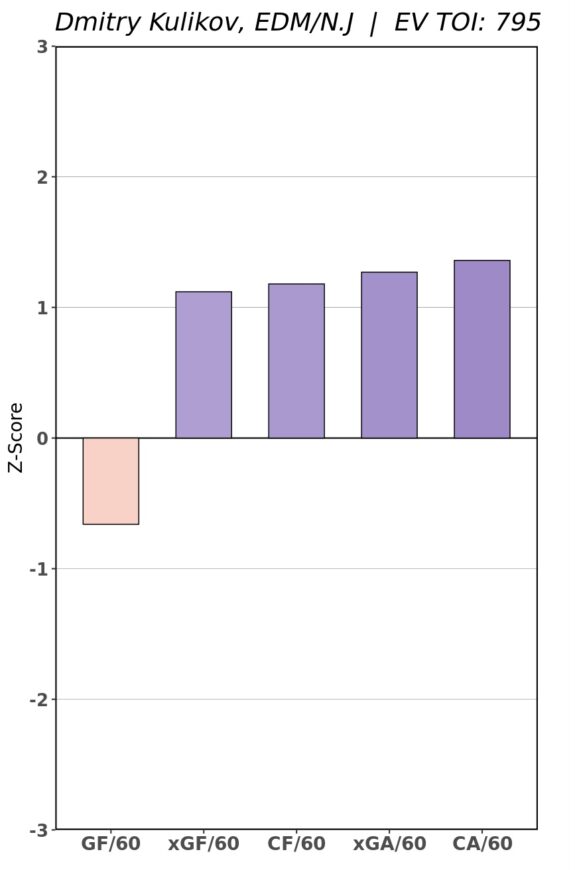
Contract Projection: 3 Years x $3.35 Million
When it comes to defensive defensemen, Kulikov fits the bill perfectly. He won’t be much of an offensive contributor but will provide a lot of value in the defensive zone. His lack of point production could become a point of emphasis as it may restrict him from commanding well above $3 million annually. He could be a good fit alongside Dumba on the second pair.
While he doesn’t provide much value in terms of scoring, he is well above league-average in generating high-quality shots and driving offense. In terms of defensive value, he’s effective in suppressing shots and high-danger chances.
Kulikov finished the season with the seventh-highest even-strength goals above replacement among defensemen. He’s capable of playing top-four minutes in a big role, as displayed in his time with the New Jersey Devils this past season. He was heavily relied upon to play tough minutes as he played 45 percent of his ice time against elite competition, which is near the top of the league due to the nature of a defensive-lacking backend on the Devils.
Jon Merrill (LD), Montreal Canadiens
Contract Projection: 1 Year x $1.13 Million
Another example of a defensive defenseman, Merrill, brings a lot on the defensive side of the game. Merill finished just two spots behind Kulikov in even-strength defensive goals above replacement. He is likely the better option for the Wild than Kulikov because he provides roughly the same defensive value, but there’s a good chance that it comes at a cheaper price tag.
In his 36 game stint with the Detroit Red Wings – before he departed to the Montreal Canadiens at the deadline – he faced elite competition just over 29 percent of the time, so difficult minutes aren’t new for the defensive stalwart. If they can get him at the right price, he could be a placeholder on the backend this next season and fill a much-needed hole defensively.
Ryan Murray (LD), New Jersey Devils
Contract Projection: 4 Years x $4.26 Million
For the Wild to get Murray in free agency, it would have to come on a significantly cheaper contract with a lot less term. The projection for the 27-year-old seems a little on the high side, very pricey for a defenseman who has dealt with various injuries during his career so far. He hasn’t played more than 60 games in a season since the 2016-17 season. So, it’s a bit of a risky signing.
Injuries, however, haven’t made him ineffective. He can still be a reliable defender on the second pair when completely healthy. He doesn’t play easy minutes either – 40.4 percent of his time on ice was against elite competition last season. He still provided 0.8 wins above replacement which is a rate of a middle-pairing defenseman.
There are a couple of different things that stand out when looking at his transition data from 2018-2020. He ranks in the 68th percentile in shot assists, which is one of Reilly’s biggest strengths.

Murray is also able to effectively enter the zone with possession too. He ranks in the 83rd percentile in controlled entry percentage. It is a very valuable asset to hold and could benefit the Wild as they could use a puck-moving defenseman that can enter the zone smoothly. If they can get him at the right price with the appropriate term, it could pay dividends.
Other Available Defensemen
Note: All contracts are projections that come from Evolving-Hockey
Brandon Montour 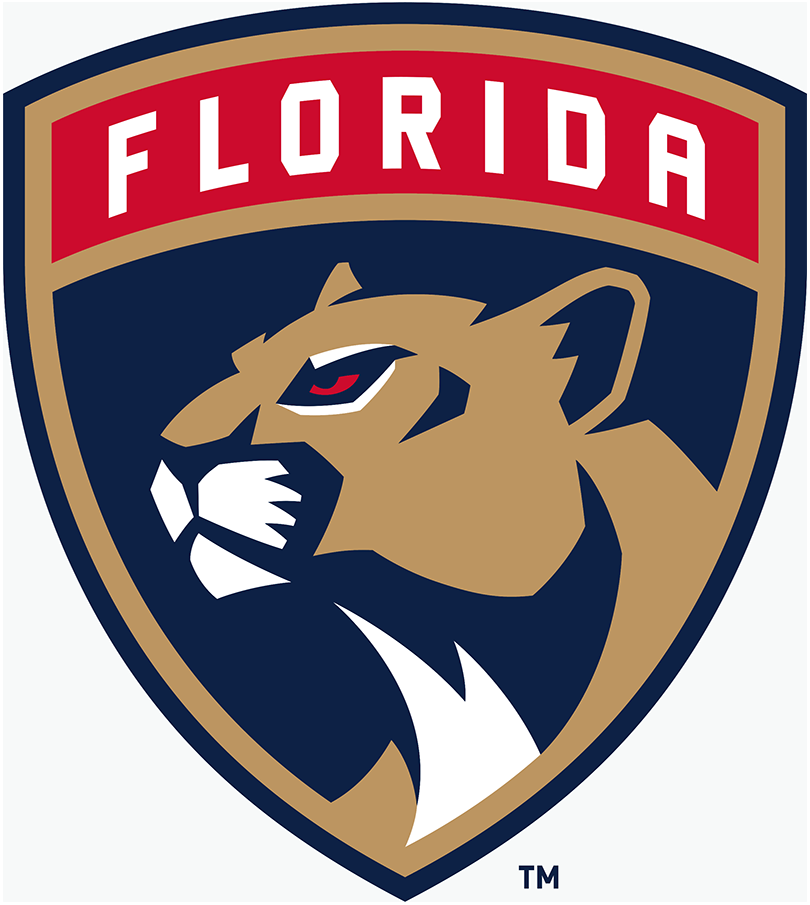 | 27 | 5 Years x $5.45 Million |
Ben Hutton 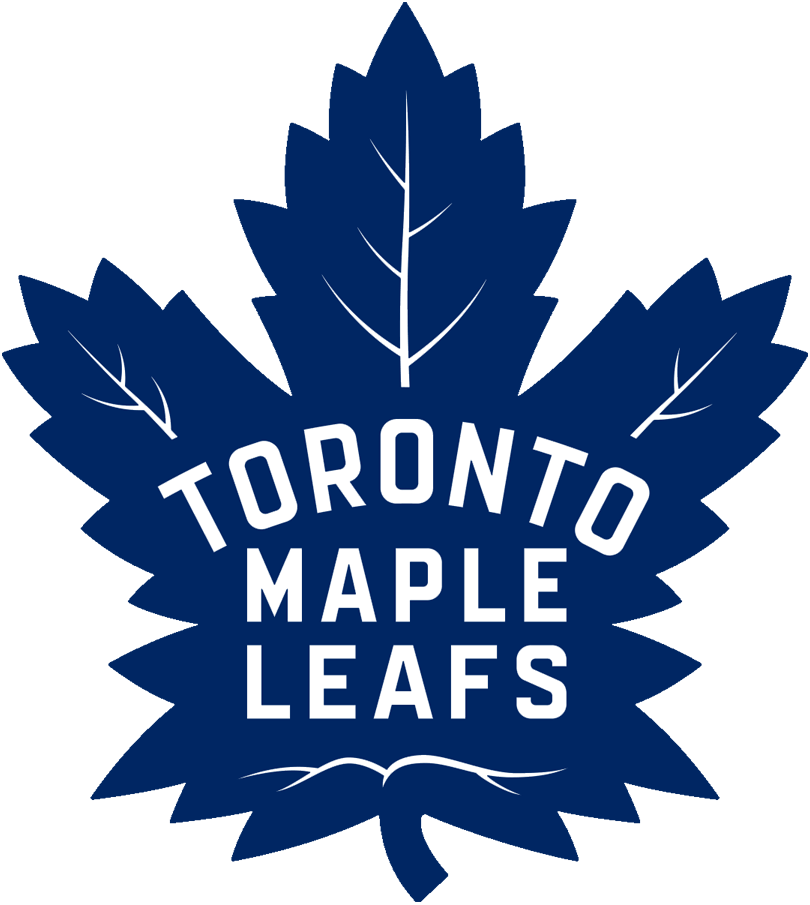 | 28 | 1 Year x $1.07 Million |
Tucker Poolman 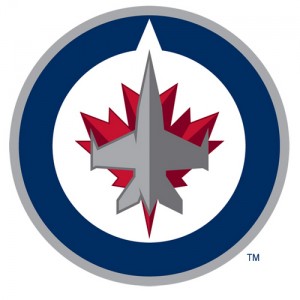 | 28 | 1 Year x $814K |
Jordan Oesterle 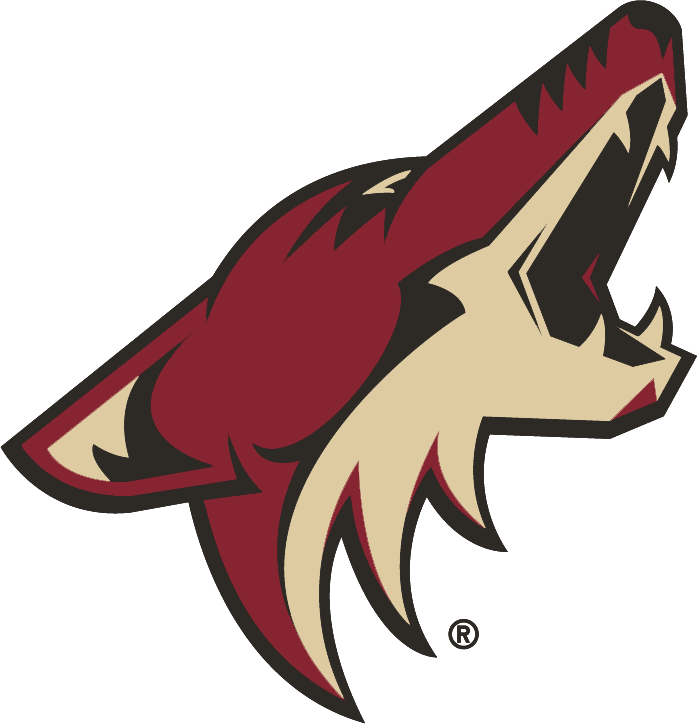 | 29 | 1 Year x $1.12 Million |
Erik Gustafsson 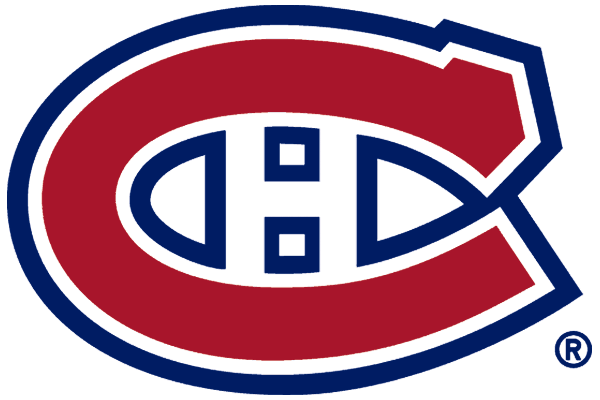 | 29 | 3 Years x $ 4.1 Million |
Derek Forbort  | 29 | 5 Years x $4.03 Million |
Montour is one of the younger options available in free agency. He has not been particularly effective in Buffalo. Still, perhaps a change of scenery has been beneficial as he was worth one win above replacement in a small sample size with the Florida Panthers, which is very significant.
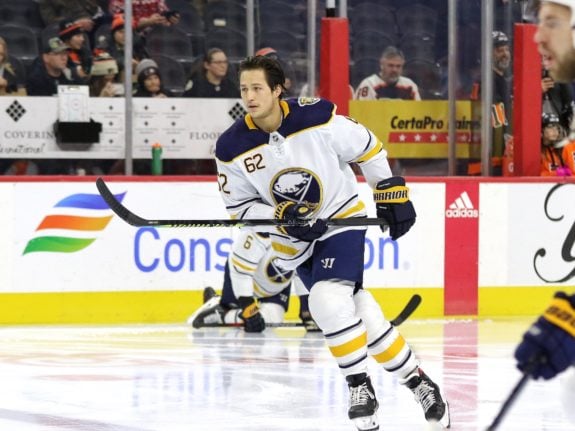
It would have to be at the right price, too, because investing more than one year would not be smart when there is so much uncertainty around him.
Hutton was very good with the Los Angeles Kings in the 2019-20 campaign, but it has been a disaster since his departure, which eventually led him to the taxi squad on the Toronto Maple Leafs. Poolman doesn’t stand out but could potentially be a cheap depth acquisition.
Oesterle and Gustafsson are other free-agent options. Both are 29 years old and shouldn’t command anything unreasonable. Both defensemen grade out as just above replacement level too.
Forbort is a very intriguing option if the Wild can sign him on a one-year deal at a reasonable price. The Minnesota native brings size and grit, something lacking on the backend. The projection via Evolving Hockey seems unrealistic for a third-pair defenseman that rarely finds himself on the scoresheet.
Sami Vatanen 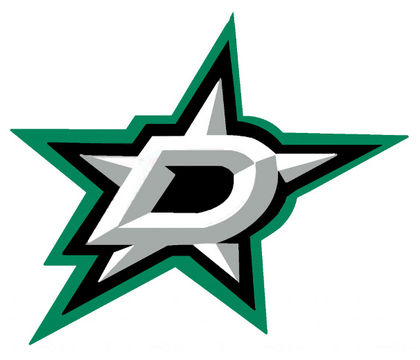 | 30 | 3 Years x $3.82 Million |
| David Savard | 30 | 1 Year x $1.63 Million |
| Travis Hamonic | 30 | 3 Years x $3.9 Million |
Alex Goligoski  | 35 | 3 Years x $4.87 Million |
Alexander Edler 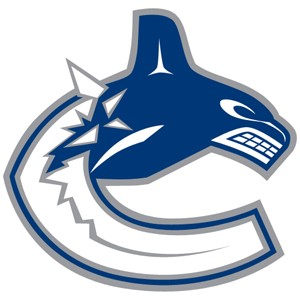 | 35 | 3 Years x $3.87 Million |
Some older, established veterans could garner interest. Vatanen doesn’t really move the needle and Savard is coming off a tough season despite winning the Stanley Cup. He will likely be at a price point that is too much for the Wild.
Hamonic is an option, but one the Wild should avoid at all costs. His game has gone downhill rapidly the past two seasons. After being worth 1.6 wins above replacement in 2018-19, he has yet to put up another positive win season.
The Wild are reportedly one of the frontrunners to land Goligoski (Minnesota Wild offseason tracker: Latest on free agent targets and re-signings, The Athletic, 07/21/2021). It could become a worthwhile addition as long as it’s a one-year deal on an affordable contract. He can play top-four minutes and be an asset on the power play. He’s a shot-blocking machine and can play a tough game if need be.
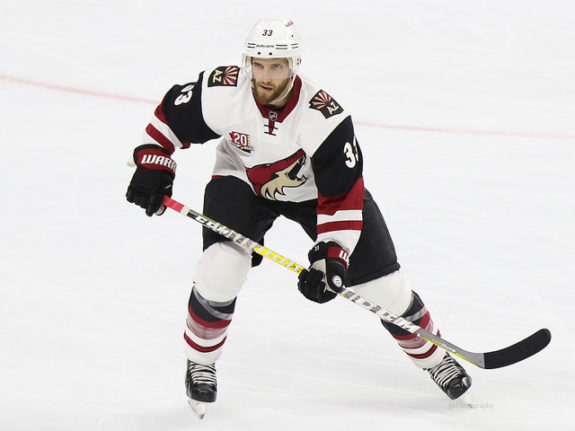
Edler provides some of the same value, but Goligoski – the Minnesota native – would probably be the smarter choice of the two. Edler could be looking for some money on the open market since he departed to free agency from the Vancouver Canucks. He is a very similar player in terms of blocking shots and physicality, but he doesn’t provide the same kind of value Goligoski can give on the power play.
Final Thoughts
The Wild are in a tricky situation because they don’t have a lot of cap space available starting next season. They really can’t afford to sign multi-year deals – even at an affordable price point – to fill up the roster for next season. The targets will have to be good, undervalued depth options that could have some upside when utilized in the right role.
All Data Via Evolving-Hockey, Natural Stat Trick, PuckIQ, Hockey-Reference & Corey Sznajder’s Transition Tool